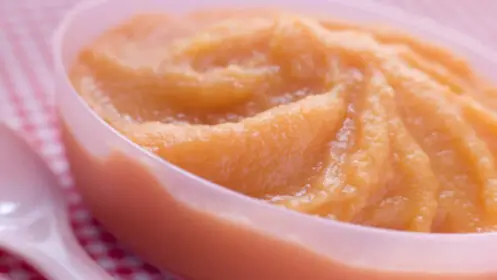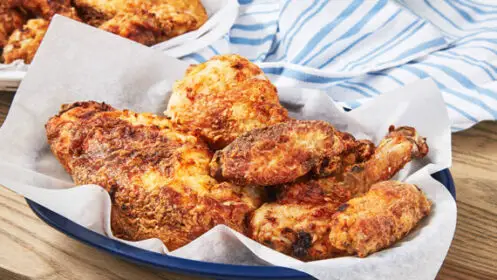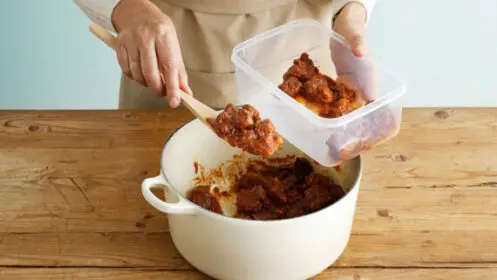Microwaving baby food is a common practice for parents. The only downside to microwaving is the risk of overcooking your child’s food and creating potential chemicals that can be harmful to their development.
This article will give you tips on safely microwaving foods for your baby and list some alternative methods for cooking and storing them so they are safe from microwaves.
For more information, read our blog post “Microwaving Baby Food.”
What is Microwaving Baby Food?
Microwaving baby food is a popular way of heating your little one’s meal. Microwaves emit waves that cause molecules to vibrate and produce heat, which cooks the food very quickly.
When you microwave baby food, it does not have time to form carcinogenic compounds (like acrylamide) because microwaves are used at such high frequencies that most of them bounce off the walls inside the microwave and don’t touch or heat any part of the baby’s meal.

Some people may be worried about using microwaves for their babies, but there should be no issues as long as you follow proper safety guidelines when cooking with a microwave!
What are the risks of microwave cooking?
Microwave cooking is a process that uses microwaves to heat food. Microwaves are electromagnetic waves with wavelengths around 12-14cm. The waves cause water molecules in the food to vibrate and create heat, which cooks the food.

This relatively new form of cooking became popular in the 1950s when it was introduced as an energy-efficient alternative to stovetop or oven cooking.
There are many risks associated with microwave cooking as well as benefits; some may be surprising! Read on for more information about these risks and how they can be avoided.
How do you know if the food’s cooked?
There are a variety of methods for cooking baby food. Microwaving is the most popular method because it’s quick and easy; however, there may be some risks associated with this method.
If you’re worried about potential problems, boiling your food on the stovetop or using a steamer might be better options than microwaving.

We’ll also talk about how to know if the food is cooked so that you can avoid any risk of undercooked foods. Here are some tips for microwaving baby food safely:
– Make sure to stir the mixture before and during microwave cooking- Cook in short intervals of time- Don’t use glass containers when microwaving- Add water as needed during the cooking process-“No” means “no.”
You may like: 12 Reasons Why Baby Food Taste So Bad
What type of containers should be used?
A baby’s taste buds are still developing, and the food must taste good to them. To ensure this, a parent should use BPA-free containers for heating their child’s food.
This will help satisfy their hunger and make sure they do not get sick from eating microwaved plastic.
Is it safe to thaw food in the microwave?
Many people have been asking this question lately, and they are concerned with whether microwaving food might create a harmful chemical.
We need to look at what happens when you heat food in the microwave to answer this question. The two main factors that cause changes in foods during cooking are moisture content and temperature.

Microwaves work by causing water molecules trapped within the food or liquid to vibrate quickly, creating friction that heats the surrounding area of the substance.
This is different than traditional ovens because microwaves can penetrate deep into materials, whereas an oven cannot reach as far inside as a microwave.
Can leftovers be reheated later?
A microwave is a quick and easy way to heat leftovers. The best rule of thumb for most microwaves is 5-10 seconds per 10 grams (2 teaspoons) or 1/4 cup of food, depending on your preference. There are some exceptions based on what type of food you’re heating up:

rice takes longer than potatoes; fish needs more time than chicken. The bottom line with microwaves is that if it’s not hot enough for your liking after one go-round in the microwave, let it sit out for a while before putting it back in again.
Conclusion
Microwaving baby food is a great way to get some nutrients into your little one while you’re on the go. However, it’s important to know that microwaves can heat food unevenly and potentially harm your child if they are too close when using this method.
Always make sure there is at least an inch of space between their face and the surface of the microwave oven before heating any food for them!
3 thoughts on “Microwaving Baby Food: Safe or Dangerous”